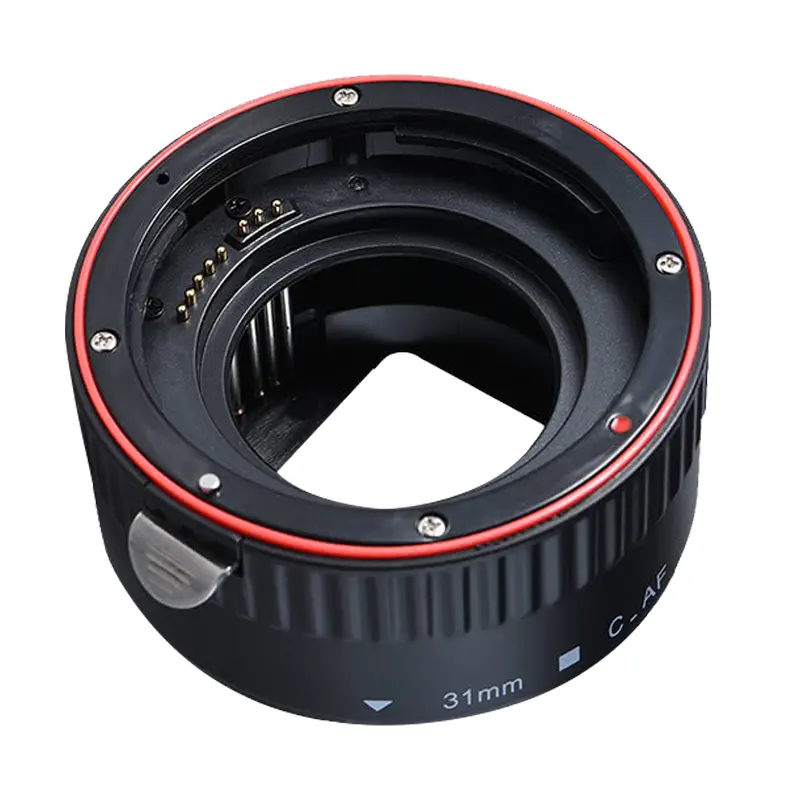

Time:2025-04-23 Views:1

Emergency backup quick - release plates are specialized components designed to provide an extra layer of safety and functionality in critical situations, particularly in scenarios where rapid equipment removal is essential.
1. Function and Significance
The primary function of emergency backup quick - release plates is to enable the wearer to quickly and easily remove a piece of equipment, such as a plate carrier or a heavy - duty harness, in case of an emergency. This could be due to various reasons, including sudden injury, the need to escape a dangerous environment quickly, or to access medical treatment. In tactical or high - risk operations, such as military combat or law enforcement raids, the ability to shed equipment rapidly can be a matter of life and death. For example, if an operator is injured and needs to be evacuated quickly, the emergency backup quick - release plate allows for the immediate removal of the plate carrier, reducing the time it takes to transport the injured person. In industrial settings, where workers may be wearing heavy safety gear, these plates can also be used to quickly remove equipment in case of an accident or a sudden hazard, such as a chemical spill or a fire.
2. Design Features
Emergency backup quick - release plates are designed with simplicity and reliability in mind. They typically feature a straightforward release mechanism that can be easily activated, even by someone who may be under stress or in a hurry. This often involves large, easy - to - grasp tabs or levers that can be pulled or pushed to release the plate. Some designs use a combination of mechanical and magnetic elements. For instance, there are plates with patented magnetic buckles that can be quickly disengaged, and in case of a malfunction of the magnetic system, there is a secondary mechanical release mechanism. The plates are also constructed from robust materials to ensure they can withstand the rigors of regular use and still function properly in an emergency. They are often made of high - strength polymers or metal alloys that are resistant to corrosion, impact, and wear. Additionally, they are designed to be compatible with a wide range of equipment, such as different models of plate carriers or harnesses, providing flexibility in various applications.
3. Installation and Maintenance
Installing an emergency backup quick - release plate is usually a relatively simple process. It is designed to be easily integrated into existing equipment setups. In the case of plate carriers, the quick - release plate can be attached to the carrier's frame or webbing system using standard attachment methods, such as buckles, straps, or snaps. Once installed, regular maintenance is crucial to ensure the plate functions properly when needed. This includes periodic inspections to check for any signs of wear, damage, or corrosion. The release mechanism should be tested regularly to make sure it operates smoothly. Any dirt or debris that may interfere with the release mechanism should be cleaned away. In some cases, lubrication of moving parts may be necessary, but care must be taken to use the appropriate lubricants that will not compromise the integrity of the materials or the functionality of the release mechanism.
Read recommendations: